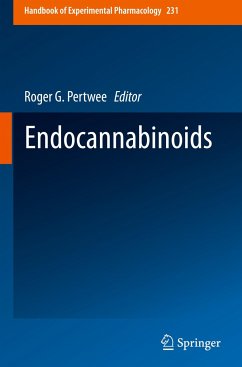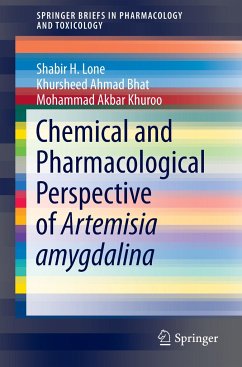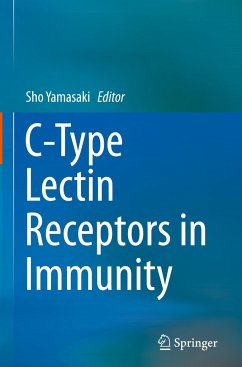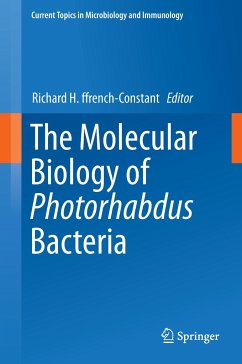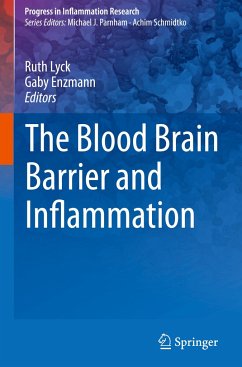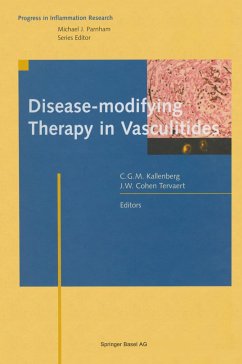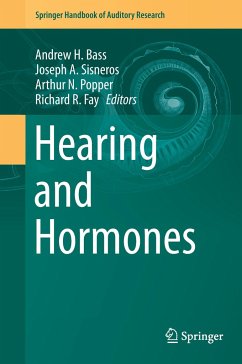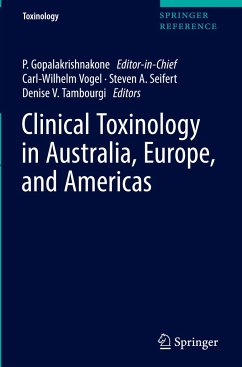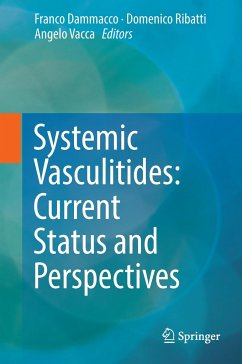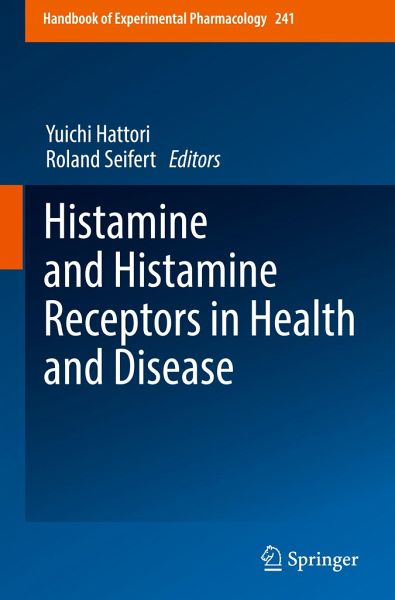
Histamine and Histamine Receptors in Health and Disease

PAYBACK Punkte
113 °P sammeln!
This book provides a comprehensive overview on current histamine and histamine receptor research in context of human health and disease and reflect the multidisciplinary nature of the field. While the editors realize that it is almost impossible to cover the field completely within the constraints of a single HEP volume, nonetheless, all important aspects will be covered in one way or the other. An overarching introductory chapter will link the individual chapters and provide an overview on the field. This chapter will also link the book to the previous HEP volume on histamine receptors and th...
This book provides a comprehensive overview on current histamine and histamine receptor research in context of human health and disease and reflect the multidisciplinary nature of the field. While the editors realize that it is almost impossible to cover the field completely within the constraints of a single HEP volume, nonetheless, all important aspects will be covered in one way or the other. An overarching introductory chapter will link the individual chapters and provide an overview on the field. This chapter will also link the book to the previous HEP volume on histamine receptors and the recent HEP volume on the pharmacology of itch. Great attention will be paid to complementation of existing literature while avoiding undue duplication. The book will cover new methods for analysis of histamine and histamine metabolites, development of methods for histamine receptor analysis, signal transduction, histamine release, regulation of immune cells by histamine, histamine metabolism and associated diseases, regulation of major organ systems by histamine and development of new drugs and experimental tools for the study of histamine receptors.



